Along one of Hanoi’s most beautiful streets, sits the former French colonial Commissariat. Built in 1907, it's an impressive sprawling structure currently under renovation. Nobody there seems to know what's planned for the place and there's no signage. The good news is that it doesn’t look to be facing demolition.
It would be a perfect new cultural space, or heritage hotel, or both. Its location on a picturesque corner right by Hanoi's UNESCO World Heritage listed Thang Long Citadel, the Nguyen Dynasty Bac Mon Gate, across from Cua Bac church and close by Ba Dinh Square, is ideal for a culturally focused heritage development.
Vietnam’s 25 years of economic development have chalked up many impressive achievements. Heritage and cultural life have had less official attention. Museums have languished and new public spaces - parks, theatres, art spaces and heritage architecture, have all been low order priorities. That’s not surprising. These things struggle for attention in affluent countries too. But as Vietnam moves into a new phase of development, the need to focus on heritage, cultural life and liveability grows.
There are signs things are beginning to change. Some of the country’s museums are refreshing their collections and approach. A fresh cultural energy is evident in Hanoi and Saigon. There have been big improvements at Hanoi’s little-visited Thang Long Citadel - arguably the country’s most important historical site. The Citadel adjoins the old Commissariat building at the corner of Phan Dinh Phung and Hoang Dieu.
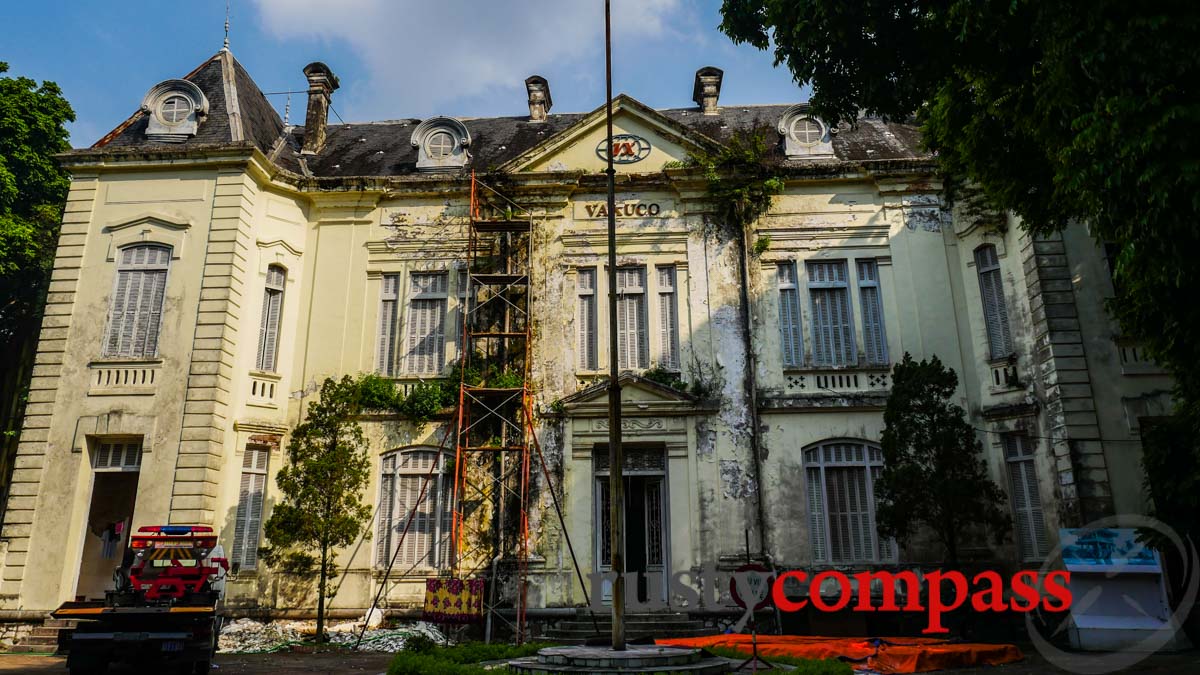
Photo: Mark Bowyer Vaxuco Building, Hanoi - a new heritage landmark?
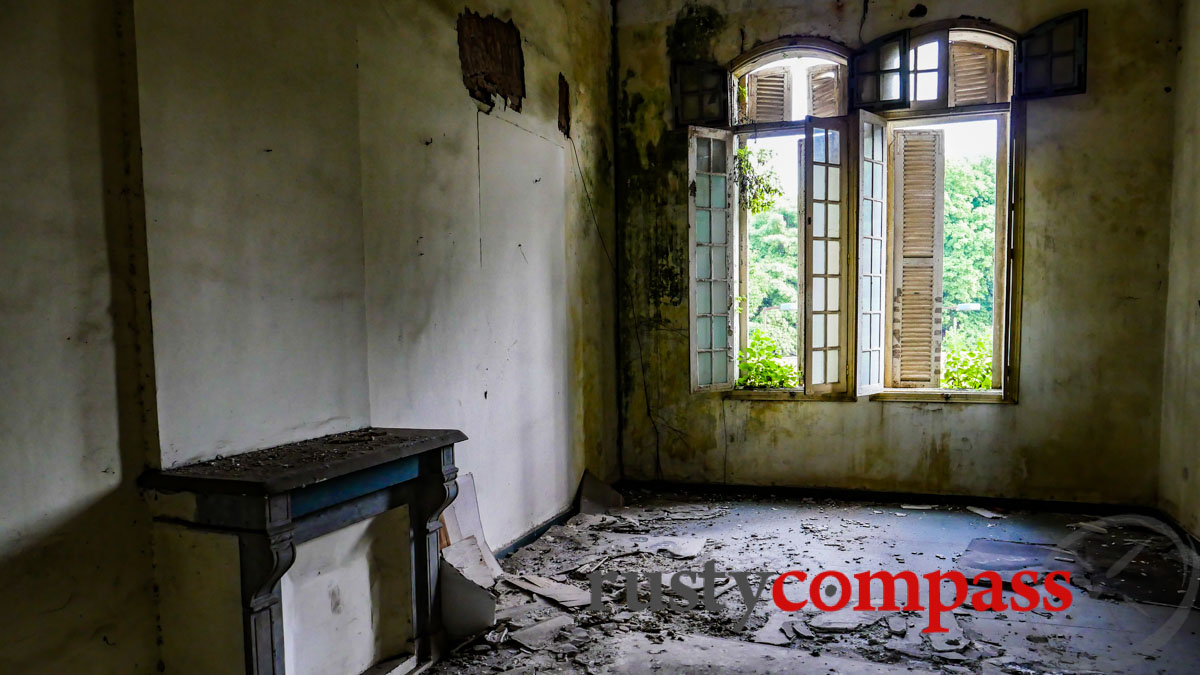
Photo: Mark Bowyer Vaxuco Building, Hanoi - a new heritage landmark?
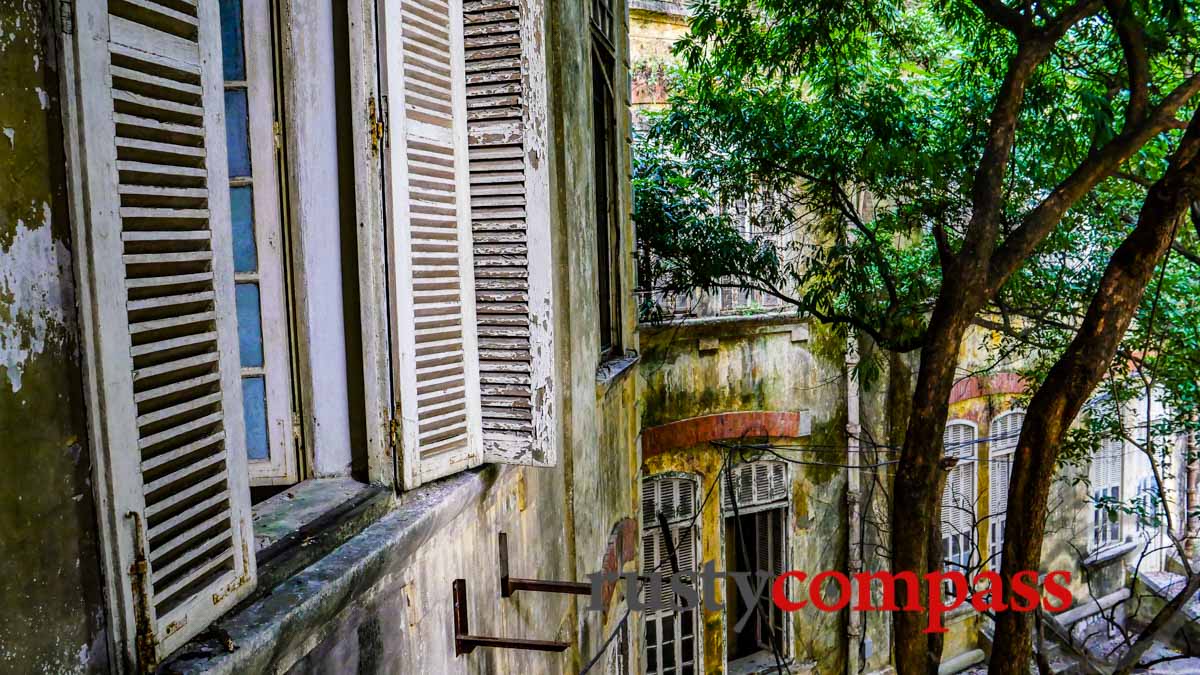
Photo: Mark Bowyer Vaxuco Building, Hanoi - a new heritage landmark?
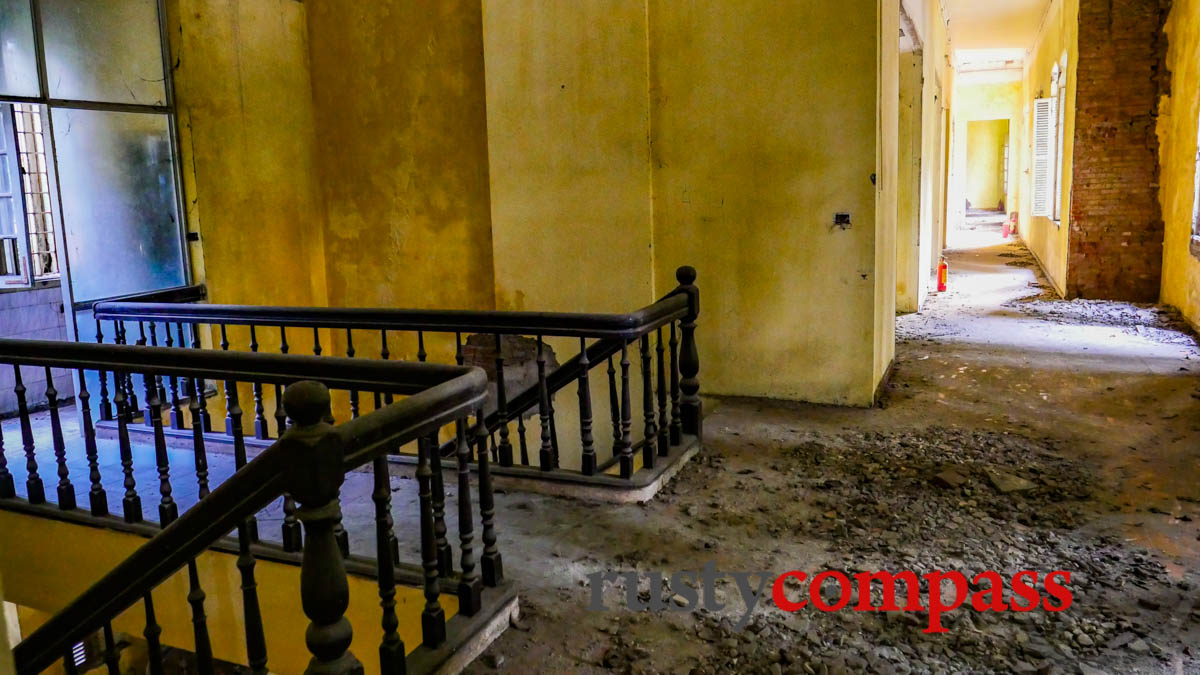
Photo: Mark Bowyer Vaxuco Building, Hanoi - a new heritage landmark?
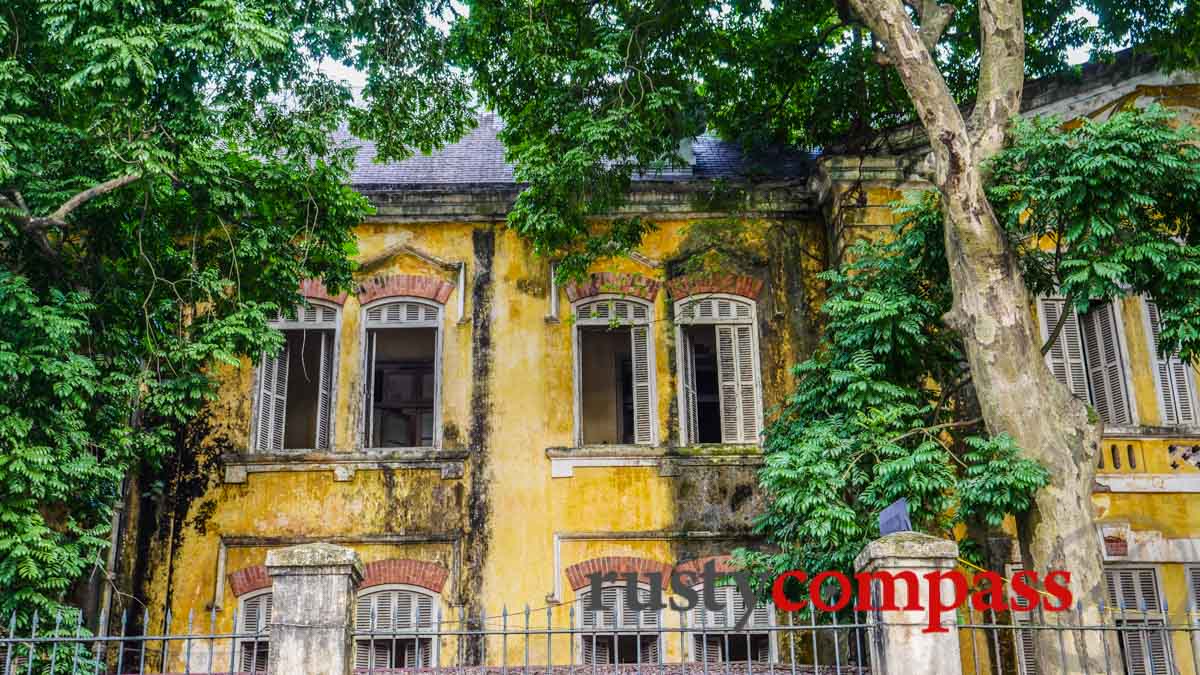
Photo: Mark Bowyer Vaxuco Building, Hanoi - a new heritage landmark?
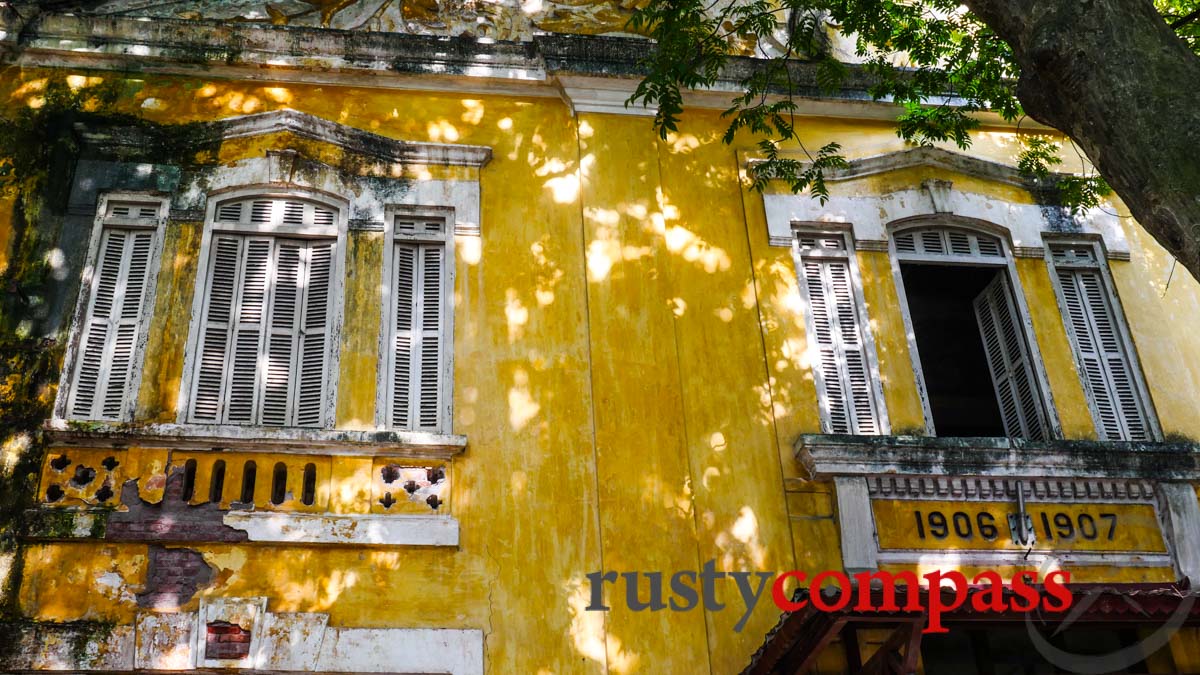
Photo: Mark Bowyer Vaxuco Building, Hanoi - a new heritage landmark?
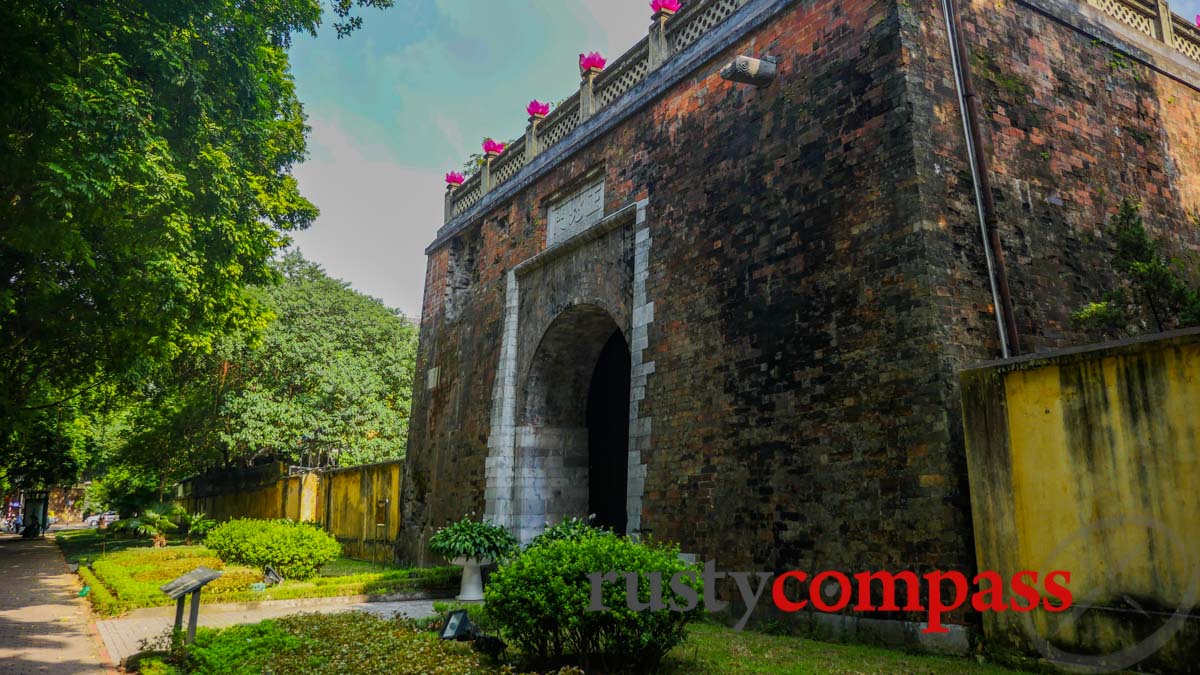
Photo: Mark Bowyer North Gate of Hanoi Citadel - it carries the scars from the French attack in 1882.
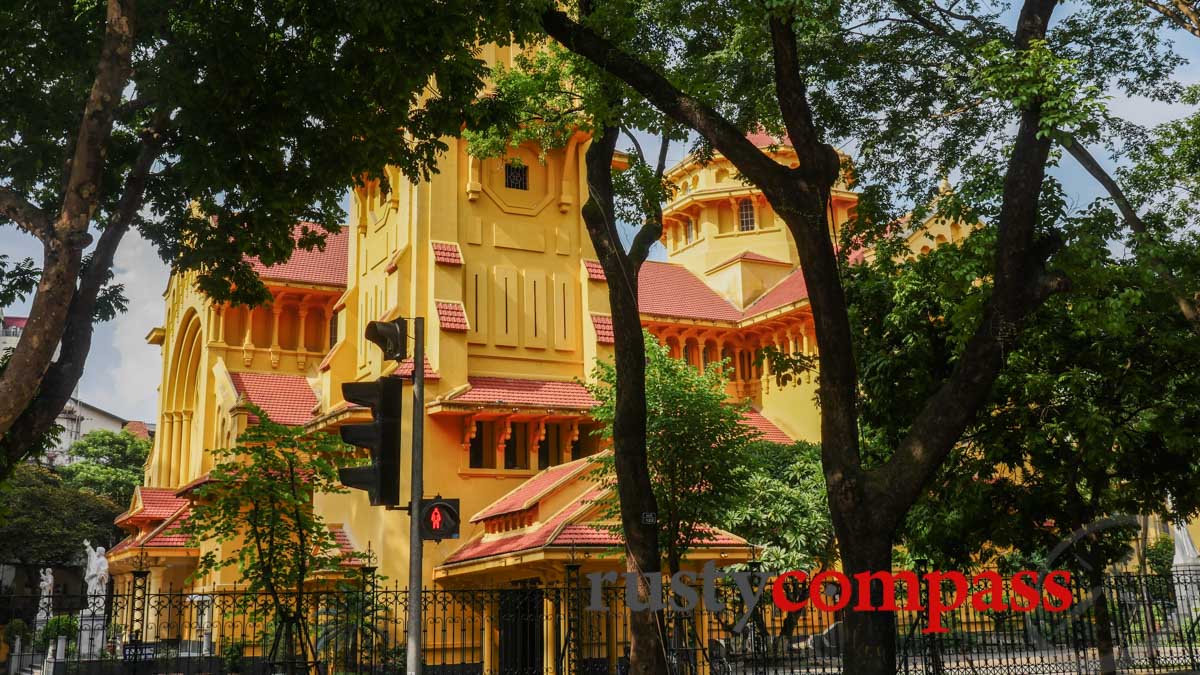
Photo: Mark Bowyer Cua Bac Church
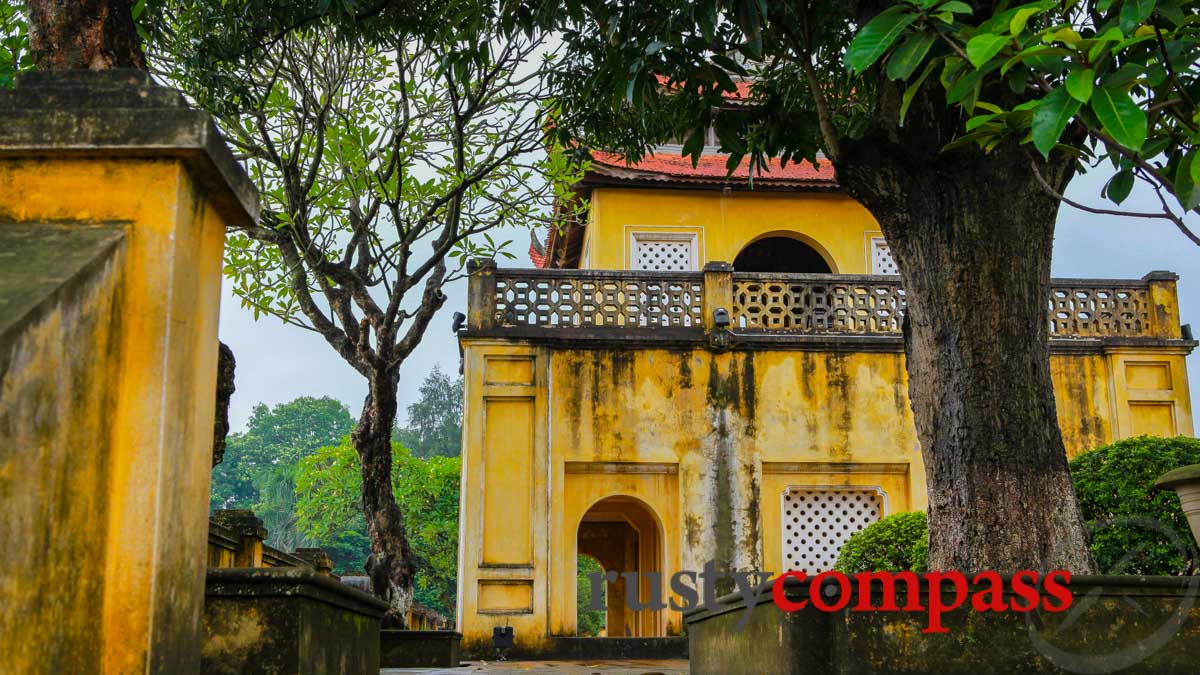
Hanoi's Thang Long Citadel
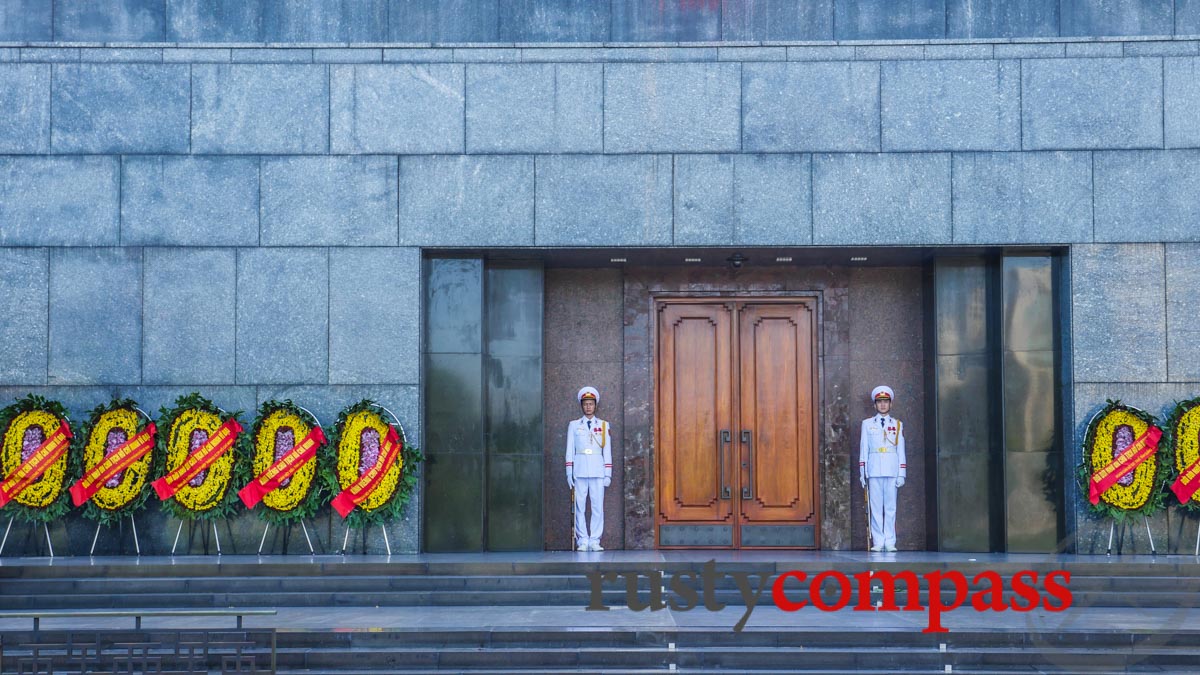
Photo: Mark Bowyer Ho Chi Minh's Mausoleum, Hanoi
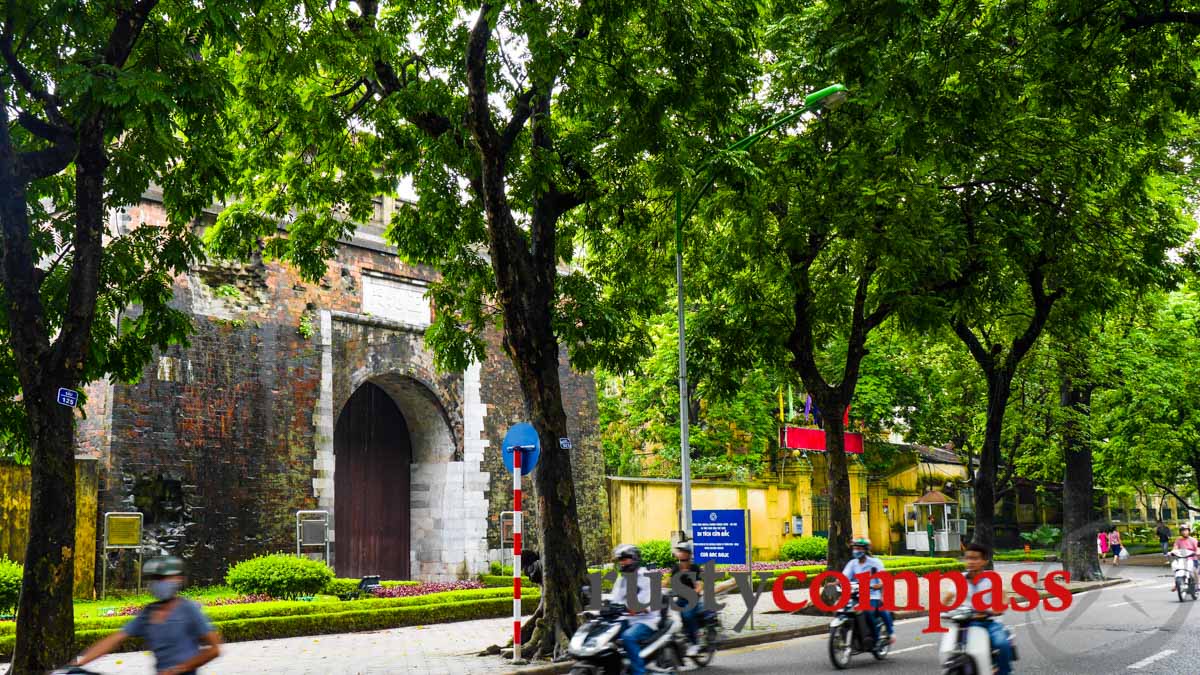
Photo: Mark Bowyer Bac Mon - Hanoi Citadel's North Gate
This is difficult stuff in a rapidly developing economy. Bad decisions about the allocation of land to public spaces, heritage and cultural life during these heady early decades of development are very difficult to reverse in future decades - when such assets become even more important to a city’s cultural fabric and liveability. Vietnam’s cities are running out of time to allocate land and resources to cultural life and cultural institutions. The problem is more acute in Saigon - where the cultural asset base is more modest than the capital.
The demand from young artists and entrepreneurs for places to showcase their talents is increasing. And Vietnam needs to sharpen its outreach to cultural and historical travellers. The country continues to neglect one of its best natural advantages in favour of large often heavy-handed developments.
Twenty five years ago, the upgrade of Hanoi’s historic Sofitel Metropole Hotel created a major city heritage landmark - a destination. The Metropole may be the best loved hotel in Vietnam. Its economic value to the city reaches well beyond the turnover generated from its guests. A second heritage hotel in the capital’s historic heart would be a certain success and another Hanoi destination.
But it needn’t be a hotel.
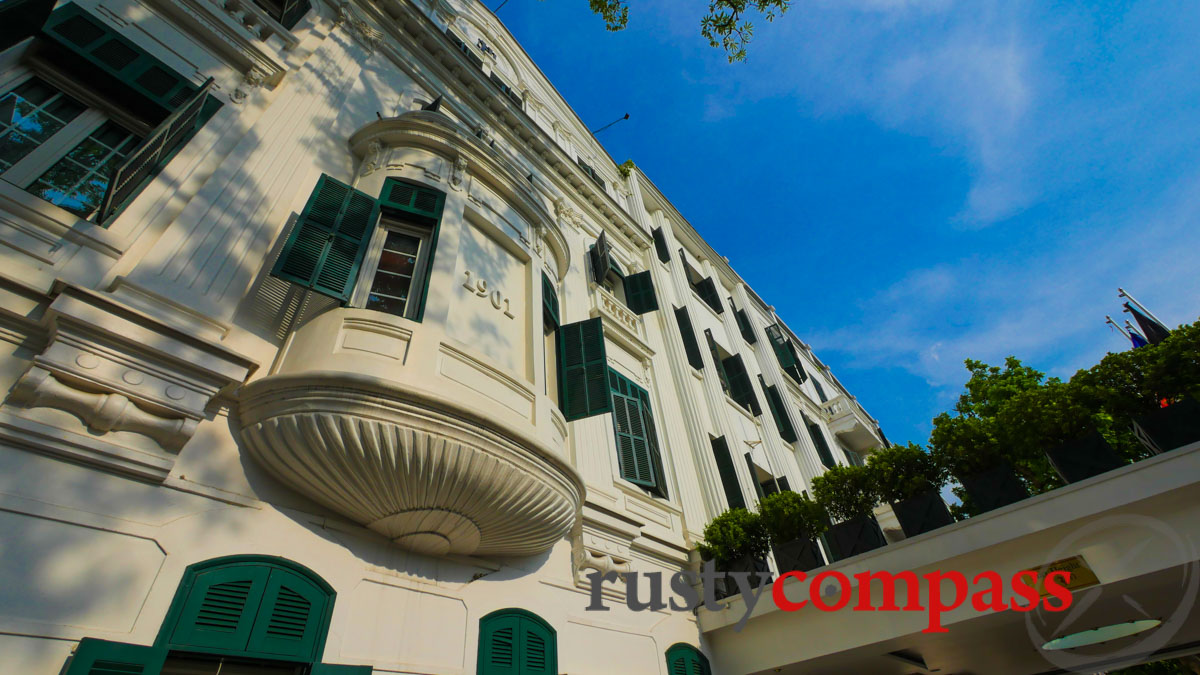
Photo: Mark Bowyer Sofitel Legend Metropole Hotel, Hanoi
As I wandered through the old Commissariat earlier in the year, I was reminded of the brief flourishing of Hanoi’s Zone 9 five years ago. Zone 9 evolved organically as a centre of arts, fashion and entertainment in an abandoned heritage complex in another part of the capital. It was shut down abruptly after a few months. In its short life it became a magnet for cultural visitors and showcased the amazing talent of Hanoi’s young artists, designers and entrepreneurs. At the time there was little appreciation of how important such places can be for the character of a city and the economic value they also bring. You can read more about Zone 9 here.
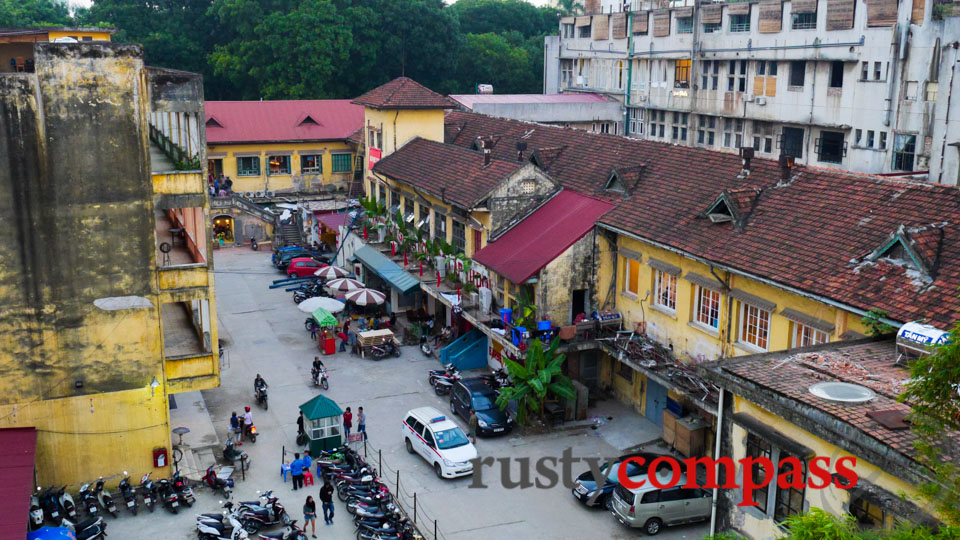
Photo: Mark Bowyer The amazing architectural tale of Zone 9 with French era buildings on the left and a Soviet style former pharmaceutical factory on the right.

Photo: Mark Bowyer The Zone 9 mascot.
Buildings like the Commissariat were built during one of the most ambitious periods of French colonial rule. The first decade of the twentieth century saw the construction of the Metropole Hotel in 1901, Long Bien Bridge and other city landmarks. These major developments were funded by crushing colonial monopolies, taxes and the exploitation of "corvee" forced labour. Any awareness of these buildings needs to include recognition of the past colonial repression that they were created under.
The old Commissariat seems to offer a unique opportunity to enrich Hanoi’s heritage character in an area of the city that is both beautiful and rich in history. Saigon destroyed its historic Ba Son shipyard to build more apartments for the city’s wealthy. Will Hanoi do something with a greater a public purpose in this unique heritage setting?

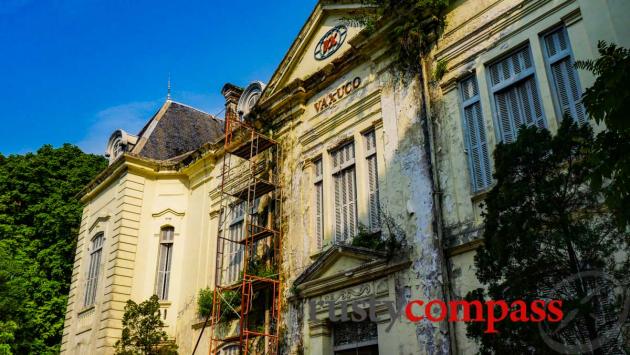



There are no comments yet.